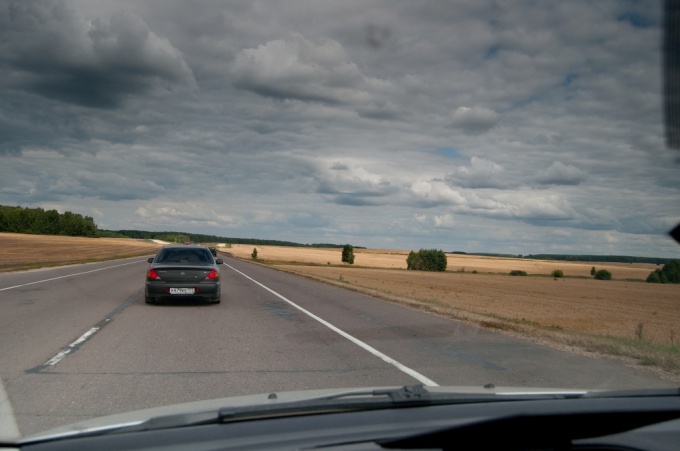You will need
- car, road
Instruction
1
The brake path is the distance that the car passes after the brake system and to a final stop. The braking distance depends on many factors: the speed of the vehicle, method of braking and the conditions, that sets expensive. The greater the speed, the greater the braking path.
2
In addition to the aforementioned factors, the most important road surface and its condition, weather, weight of vehicle, as well as the technical characteristics and the condition of the wheels and braking system. The minimum stopping distance is on a dry paved road, the largest is on the ice. Accordingly, along with the increase of braking distance is increasing the danger.
3
Of course, in an emergency, to calculate a braking path is extremely difficult, but you should imagine the possibilities for your car in this plan to making the right decision at the right time. There is a formula that can determine the braking path. Motorists are advised to use it before getting behind the wheel, as this can prevent many unwanted incidents.
4
The formula is: S = Ke x V x V/(254 x FS). It is necessary to explain the legend. S is stopping distance in meters, Ke is the coefficient of inhibition, which for passenger cars is always equal to unity, V is the initial speed when braking, measured in km/h, and FS is the coefficient of traction, depending on its state (dry pavement – 0,7, wet the road is 0.4, in the case of compact snow is 0.2, and 0.1, if the road is covered with ice). Determination of braking distance is a simple and useful effect, available to each motorist. It is sufficient to substitute in the formula the numbers appropriate to the specific situation and settings of your machine.



